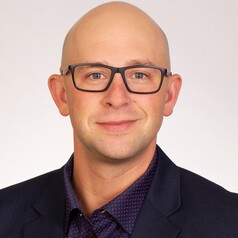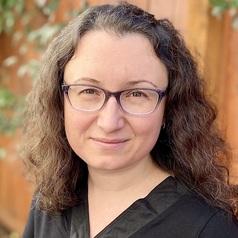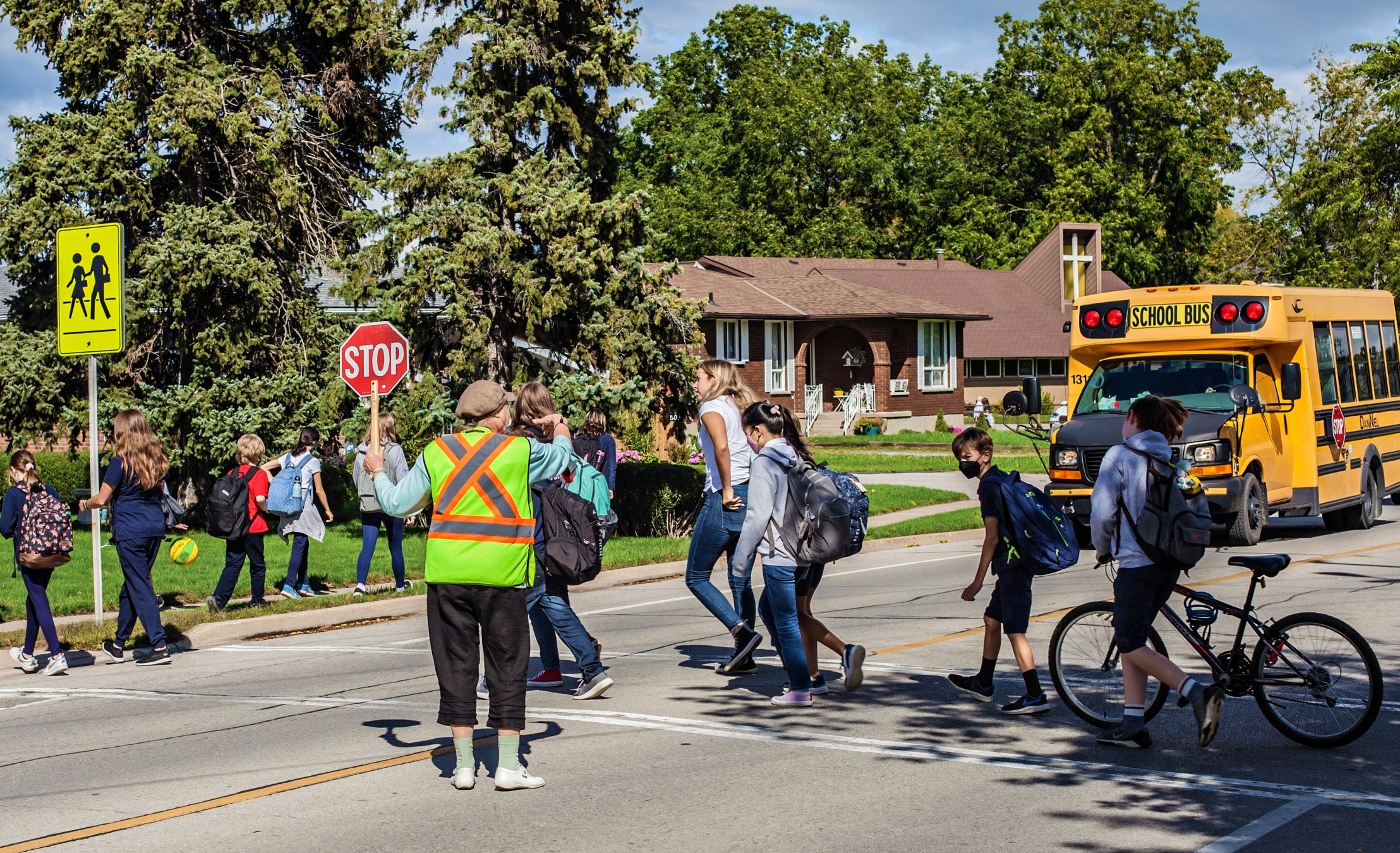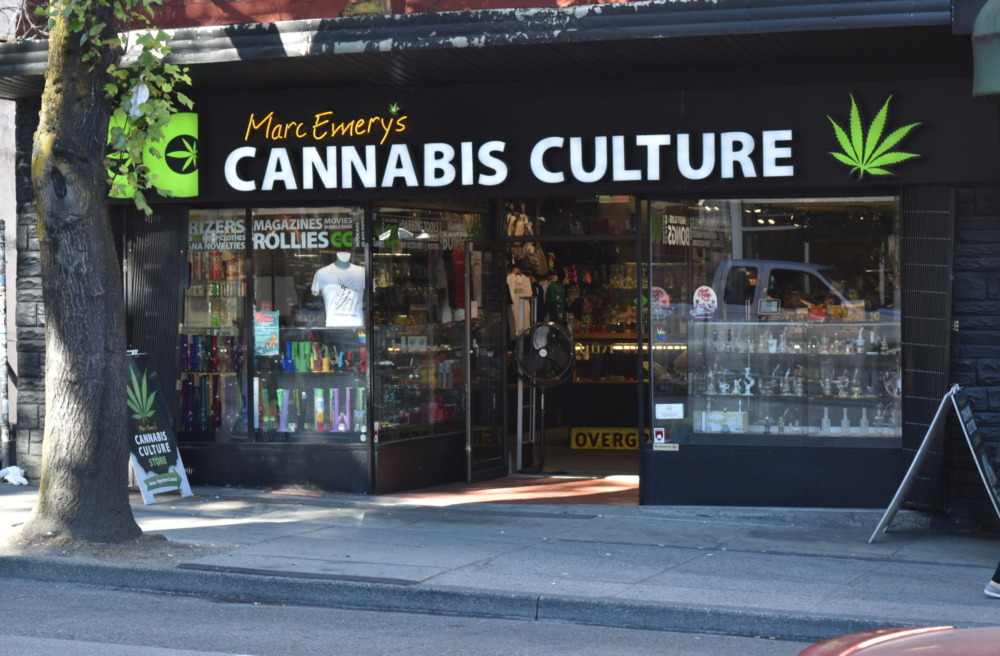This article was originally published in The Conversation.
As more states legalize marijuana, researchers are examining the effects of legalization on society. Angus Kittelman, an assistant professor of special education at the University of Missouri-Columbia, and Gulcan Cil, a senior statistician at Oregon Health & Science University, decided to look at the effects of cannabis dispensaries being located near schools. They discuss their research in the following Q&A with The Conversation education editor Jamaal Abdul-Alim.
The interview
Is it bad when a school is located near a dispensary?

Courtesy Angus Kittelman
Angus Kittelman
Yes, it’s not good for a couple of reasons. When cannabis dispensaries are near middle schools, students are more likely to receive office discipline referrals for substance use. When students get sent to the office, they lose valuable instructional time in the classroom.
Adolescent cannabis use is also associated with many negative health effects, such as poorer cognitive functioning and increased risks for developing mental health or substance use disorders. Students who use cannabis are also less likely to complete high school or go to college.
With the legalization of recreational cannabis sales in many U.S. states, there are more cannabis outlets and greater access, which can be concerning for families and schools. In our recent study, for example, we found that the number of office discipline referrals for substance use increased in middle schools after legalization of recreational cannabis in the state of Oregon in 2015. But this increase was only when there were recreational outlets within a 1-mile radius of the schools.
Middle school students receiving an office discipline referral for substance use is relatively rare. An average middle school had three to four referrals of substance use per year. But those near an outlet experienced a 44% increase after legalization and had one to two additional referrals on average each year.
What’s causing the increase in referrals?

Courtesy Gulcan Cil
Gulcan Cil
Great question. We analyzed student substance referrals after excluding referrals for tobacco and alcohol. We observed increases in substance referrals in Oregon schools after the statewide legalization of cannabis in 2015, compared with the trends in similar states with no legal cannabis at the time. We then examined whether having a cannabis dispensary within a 1-mile radius was associated with an increase in referrals.
We cannot say with certainty that the increase in all substance use referrals were from cannabis use. However, we know that cannabis is among the most common substances adolescents reported using. In a nationwide survey, for example, 8.3% of eighth graders reported using cannabis. That’s compared with 12% for vaping nicotine/tobacco and 15.2% for alcohol.
Besides potentially providing easier access to the product, when there are more legal cannabis stores in certain neighborhoods – and increases in signs and flyers advertising for it – it may make kids ignore or downplay the health risks. Increases in exposure to cannabis marketing is associated with adolescents being more likely to use cannabis.
Isn’t a 1-mile radius a rather large area?
Students often travel a mile or two to get to school. And those in middle schools are more likely to walk to school compared with students in elementary or high school. Therefore, even though adolescents are too young to legally buy cannabis themselves, having a cannabis outlet nearby makes it easier for them to obtain it from a friend or purchase it from a stranger.

ksana05/Shutterstock
Middle schoolers are more likely to walk to school than their younger and older peers.
What can be done?
We recommend that school staff look for patterns in student discipline referrals for substance use. If the substance use is occurring in certain school locations, such as playgrounds, hallways or bathrooms, staff can then supervise these areas better.
Schools may consider implementing proactive and preventive strategies to support students engaging in substance use. These can include having school counselors provide drug resistance skills training programs or programs that teach students how to manage emotions and to resist stressful situations.![]()
***
Angus Kittelman is an assistant professor at University of Missouri-Columbia’s Department of Special Education. His research areas include positive behavioral interventions and supports with an emphasis in high schools, implementation science and systems change, and implementing and evaluating school-based interventions for students with emotional and behavioral problems. In 2023, he was a recipient of the Initial Researcher Award from the Association of Positive Behavior Support.
Gulcan Cil is a senior statistician and health policy researcher at the Center for Evidence-based Policy at Oregon Health & Science University and an Associate Scientist at Oregon Research Institute. Her expertise is in using data from administrative records for research and advanced statistical methods for improved causal inference. She is particularly interested in policy evaluation in terms of their impacts on individual behaviors and outcomes, and assessment of the effects of different environmental and behavioral factors on health.
This article is republished from The Conversation under a Creative Commons license. Read the original article.
Disclosure: The authors do not work for, consult, own shares in or receive funding from any company or organization that would benefit from this article, and have disclosed no relevant affiliations beyond their academic appointment.






























